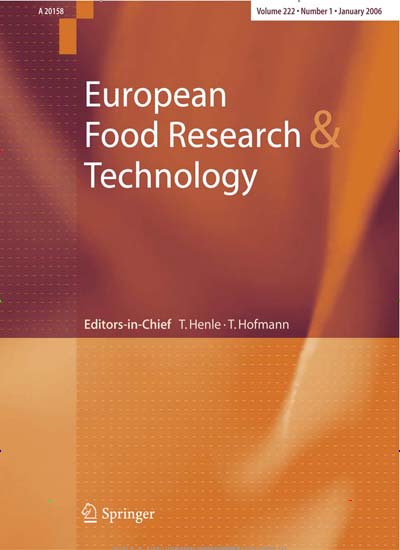MENUMENU

Research > Scientific Contributions
Hajdari A., Giorgi A., Beretta G., Gelmini F., Buratti S., Benedetti S., Merkouri A., Mala X., Kabashi S., Pentimalli D., Pulaj B., Mustafa B.
The aim of this study was to evaluate the potential compositional differences among different populations of H. officinalis subsp. aristatus (Godr.) Nyman. The plant specimens were collected in different locations in Western Balkans (Kosovo and Albania) and subjected to phytochemical profiling (GC–MS for their essential oils and HPLC-UV-DAD for fingerprinting of their solvent extractable phytochemicals). Antioxidant capacity, total flavonoid and phenol contents were measured using different assays. Out of the five location considered, the specimen from one location displayed significant differences both in terms of essential oil composition and of polyphenolic total content. The electronic nose measurements used to characterize their aromatic profile, was able to clearly discriminate the accessions, indicating a good correlation, in particular, with the marked chemotypic difference established by essential oil profiling (1,8-cineol vs. isopinocamphone/camphone). H. officinalis subspp. aristatus (Godr.) Nyman may constitute an interesting subject for further studies on the effect of genetic and environmental factors, or of their combinations, on its chemotypic expression and sensorial properties.
